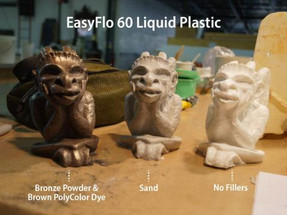
Adding Fillers to Polyurethane Casting Resin
There are a few common reasons that fillers are added to polyurethane casting resins (e.g., EasyFlo Series Liquid Plastics,...

There are a few common reasons that fillers are added to polyurethane casting resins (e.g., EasyFlo Series Liquid Plastics,...
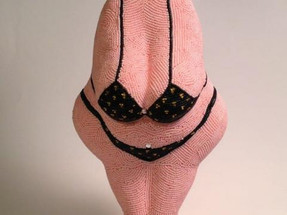
At the Polytek March 2014 Mold Making & Casting Workshop, attendee Ro-Z Esposito (more info. on this artist at the end of the a...
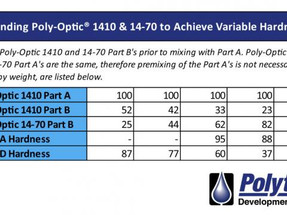
Poly-Optic 14-SeriesCasting Resins are two-part, room temperature curing, polyurethane systems that result in wat...

Poly Plasticine is a non-hardening, sulfur-free modeling clay. It is non-toxic, odorless, and has a smooth, firm consistency. It’s g...
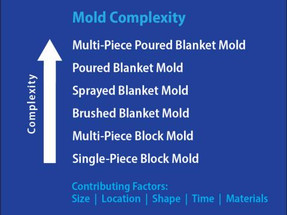
The rubber blanket mold technique is a great method to master as a mold maker. For those unfamiliar with it, it can be a bit intimi...
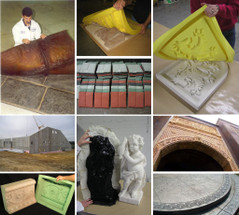
Here at Polytek, we often recommend the use of liquid polyurethane rubber to make molds for concrete casting (e.g., concrete tiles...

A model, also called a “master”, should be prepared according to the model material & mold material.Models being used to make a pol...
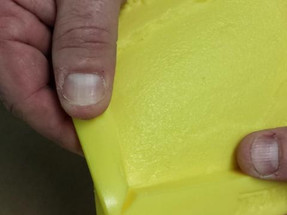
If a tear develops in your polyurethane rubber or silicone rubber mold, one of the following options may help to repa...

There are three methods that we typically recommend for creating cold cast bronze pieces [Figure 1]: solid casting, slush casting, and...

We’ve compiled a list detailing the most common reasons that rubber mold making projects go wrong (e.g, uncured materials, incompl...
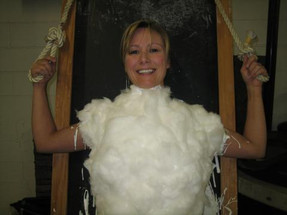
Body molds and castings can be made using a variety of products. The following tutorial details the steps needed to create a Hydrog...
Out of the entire Polytek® product line-up, platinum-cured silicones (PlatSil® products) are most likely to suffer from cure inhibition...